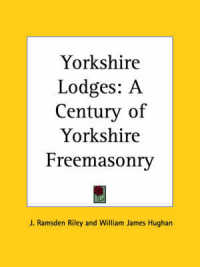Full Description
This rhetoric-and-reader textbook teaches college students to develop critical reading, writing, and thinking skills for self-defense in the contentious arena of American civic rhetoric. This edition is substantially updated for an era of renewed tensions over race, gender, and economic inequality—all compounded by the escalating decibel level and polarization of public rhetoric.
Readings include civil rights advocate Michelle Alexander on "the new Jim Crow," recent reconsiderations of socialism versus capitalism, Naomi Wolf's and Christine Hoff Sommers' opposing views on "the beauty myth," a section on the rhetoric of war, and debates on identity politics, abortion, and student debt.
Designed for first-year or more advanced composition and critical thinking courses, the book trains students in a wealth of techniques to locate fallacies and other weaknesses in argumentation in their prose and the writings of others. Exercises also help students understand the ideological positions and rhetorical patterns that underlie opposing views, from Ann Coulter to Bernie Sanders. Widely debated issues of whether objectivity is possible and whether there is a liberal or conservative bias in news and entertainment media, as well as in education itself, are foregrounded as topics for rhetorical analysis.
Contents
Preface to Teachers and Students, Acknowledgments, Part I: Introduction, Chapter 1: An Appeal to Students, Chapter 2: Good Arguments, Chapter 3: Definitions and Criteria of Critical Thinking, Chapter 4: Semantics in Rhetoric and Critical Thinking, Chapter 5: Writing Argumentative Papers, Part II: Attaining an Open Mind: Overcoming Psychological Blocks to Critical Thinking, Chapter 6: From Cocksure Ignorance to Thoughtful Uncertainty: Viewpoint, Bias, and Culturally Conditioned Assumptions, Chapter 7: Overgeneralization, Stereotyping, and Prejudice, Chapter 8: Authoritarianism and Conformity, Rationalization and Compartmentalization, Part III: Elements of Argumentative Rhetoric, Chapter 9: Some Key Terms in Logic and Argumentation, Chapter 10: Fallacies, Chapter 11: Causal Analysis, Chapter 12: Uses and Misuses of Emotional Appeal, Part IV: Thinking Critically about the Rhetoric of Politics and Mass Media, Chapter 13: Thinking Critically about Political Rhetoric, Chapter 14: Thinking Critically about Mass Media, Chapter 15: Deception Detection: Varieties of Special Interests and Propaganda, Chapter 16: From Reaganomics to Trumponomics: Opposing Views on Taxation and the Wealth Gap, Index, Works Cited







